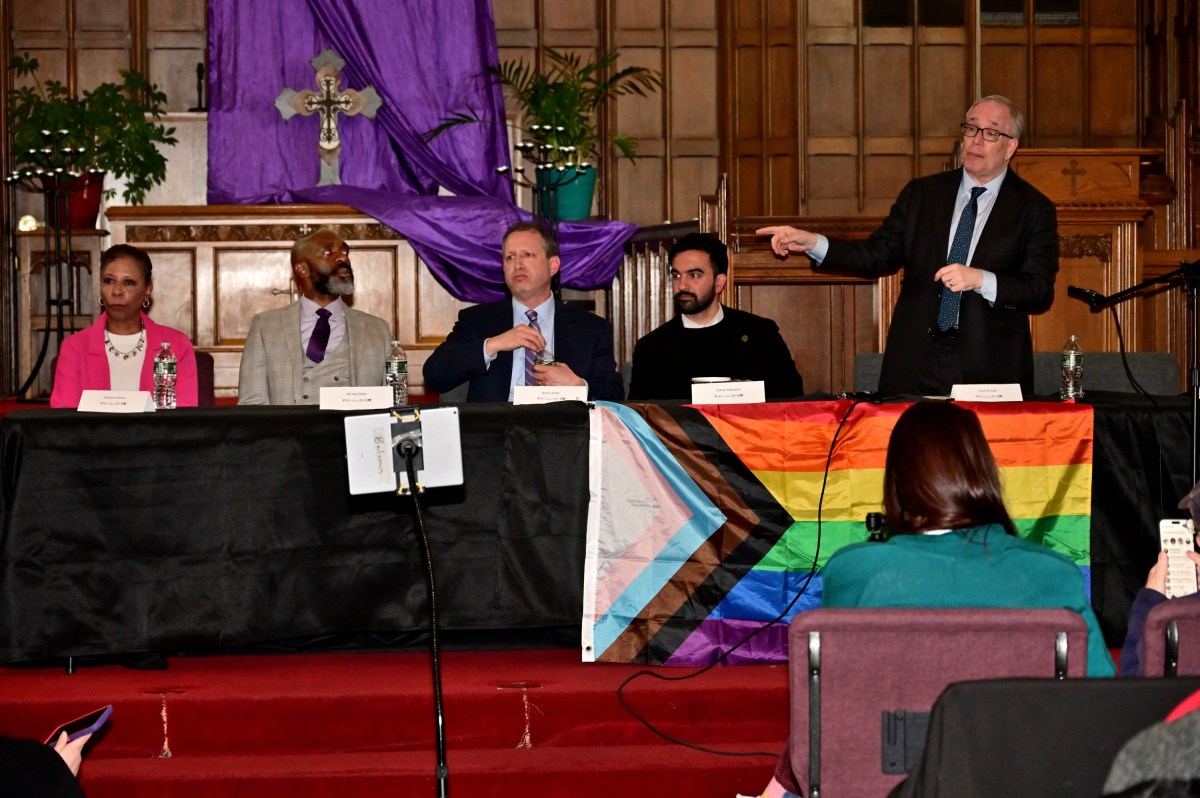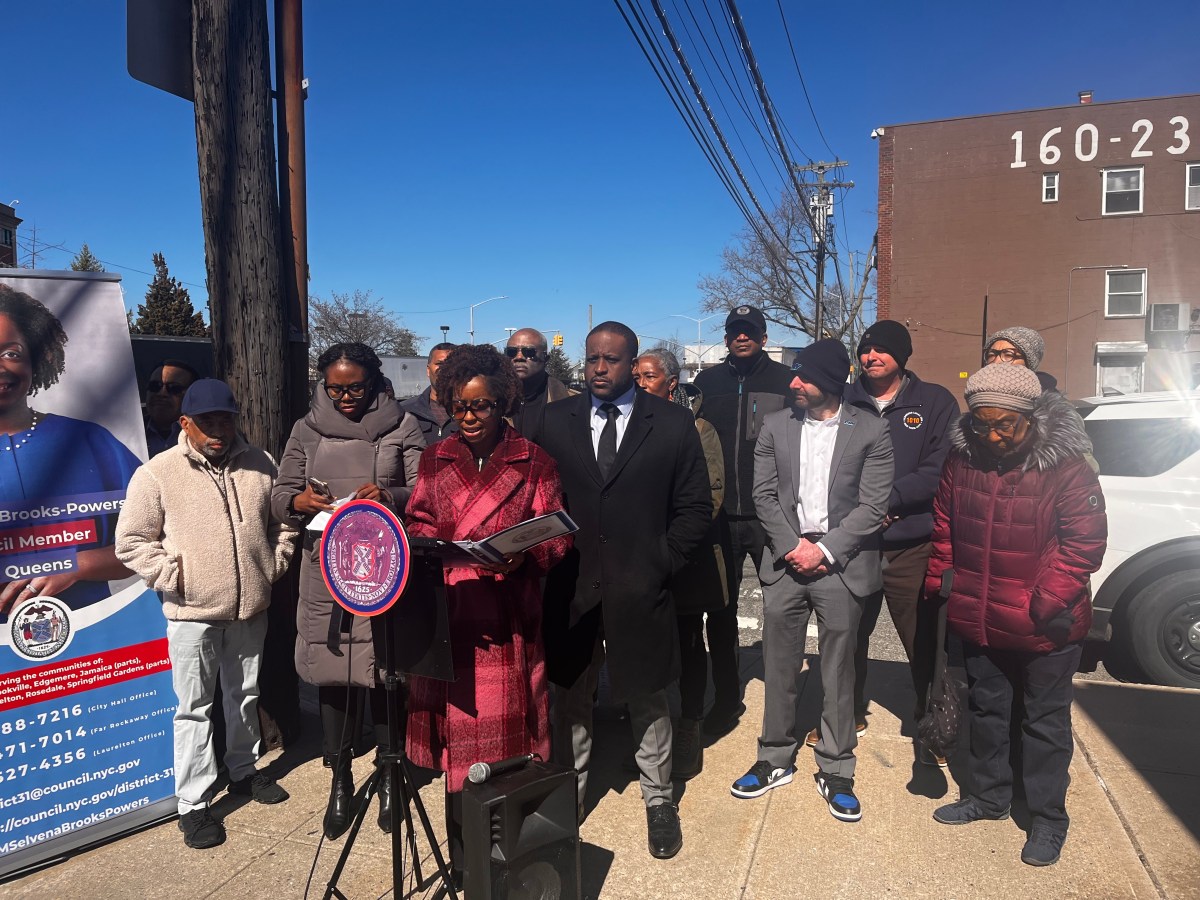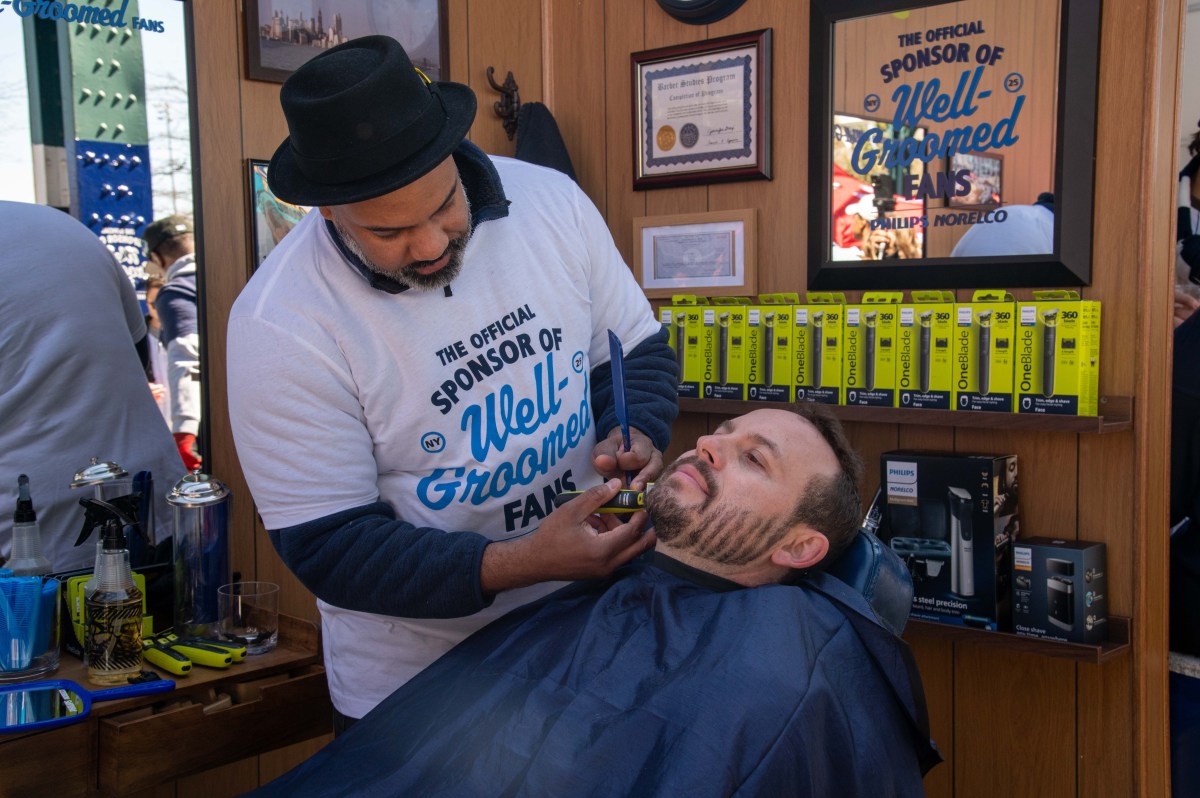
Christina Aguilera’s “Fighter’” pipes and Alyssa Milano’s “Charmed” personality are among Staten Island’s most recognizable celebrities — but New York City’s southernmost borough saw a long history of reputable women.
Gabriella Leone, archive manager at the Staten Island Museum, said Staten Island’s prominent women not only contributed to their community, but helped change the world.
“All these women represent the diversity on Staten Island, the diversity of ideas, of interests, of points of view,” she said. “Staten Islanders come from different places and experiences, but they’re contributing. They’re giving back to their communities, and they’re giving beyond Staten Island.”
Kick off the new school year by learning about the nurses who provided a breakthrough cure, a self-proclaimed “black, lesbian, feminist, mother, poet warrior,” and the other women who helped shape the borough.

Audre Lorde (1934-1992)
Before the Stonewall riots unleashed the momentum of the LGBT+ rights movement, Audre Lorde had already been fighting the good fight for years.
Lorde, a native New Yorker, was raised by Caribbean immigrant parents. From the time she was a teenager at Hunter High School, she carefully created a craft of poetic prose. Along with writing, publishing, and performing her poetry — which primarily focused on civil rights, feminism, and black female identity — she was also a teacher at John Jay College and Hunter College.
As a self-proclaimed “black, lesbian, feminist, mother, poet warrior,” Lorde dedicated her life to sharing her own self-exploration with her students and audiences. Much of her work pulls from her time as a married woman to Edward Rollins, a white gay man, before finding her longtime partner Frances Clayton, and living with her and Lorde’s two children from her first marriage in Staten Island at 207 St. Paul’s Avenue.
“She lived in Staten Island for a long time,” said Leone. “She’s really significant in those communities, but also just as a literary voice.”
Lorde’s notoriety grew even after her death from cancer in 1992. The borough honored Lorde over the summer by dubbing the corner of St. Paul’s Avenue and Victory Boulevard “Audre Lorde Way.”

Dorothy Day (1897-1980)
Born in Brooklyn, raised in Chicago, and settled in Staten Island, Dorothy Day made history as the “Staten Island Saint”.
“She was a radical activist before that. She dabbled in communist circles. She picketed the White House with suffragists (and went to jail for doing so) in 1917,” Leone said. “She was in jail for 30 days and went on a hunger strike.”
When she left the University of Illinois and returned to New York in 1916, Day became a reporter for socialist newspaper, The Call, and a member of the Industrial Workers of the World. After a few years of reporting for similar newspapers and magazines and a brief period as a nurse in Brooklyn, she devoted her life to the Catholic faith and settled in to make Staten Island history.
Day was baptized at Tottenville’s Our Lady Help of Christians Parish in 1927. Soon thereafter she helped found the Catholic Worker Movement to help those in need get food, clothing, and shelter. From then on she focused on creating soup kitchens, farm communities, and helping as many New Yorkers as she could.
She was nominated for sainthood in 2000, and the archdiocese is still investigating whether to grant her the canon.

Elizabeth Gertrude Knight Britton (1857-1934)
The study of mosses might not be a blooming field, but Elizabeth Gertrude Knight Britton transformed it into a blossoming profession.
Although she grew up in Cuba on her family’s sugar plantation, Britton developed her botanist reputation in New York after graduated from Hunter College. Her love for mosses and her husband’s love for geology created a “scientific power couple” that New Yorkers can thank for the founding of the New York Botanical Garden. “She was in spaces that a lot of women weren’t in this point of history,” Leone said. “She’s a pioneer woman scientist.”
During the peak of her career in the late 1800s and early 1900s, Britton was one of the few female scientists to leave such a large trail for others to follow. Along with continuing her studies and preservation of moss at Columbia College, she also saved wildflower species through her founding of the Wild Flower Preservation Society of America.
Throughout her career, Britton published more than 340 scientific papers and even has 15 species and one genus of moss named after her.
Mary Otis Willcox (1862-1933)
The daughter of abolitionists and the founder of Staten Island’s Red Cross chapter, Mary Otis Wilcox is an important, yet lesser known part of the borough’s history.
“She was such an influential woman locally and even nationally and not a lot of people know about her,” said Leone. “She’s a really interesting figure.”
There is little online about Wilcox, but Leone said most of her life was based on giving back to her community. Wilcox lived on Staten Island her entire life, with some time spent on Davis Ave., only a few blocks from the Staten Island Museum. Her time there fueled her leadership in the island’s Women’s Suffrage Party, the creation of the Red Cross chapter, and led to her being on the board of the Tuskegee Institute.

“The Black Angels” (1930s-1960s)
When tuberculosis rampaged New York in the 1930s, it was a band of black nurses who helped care for and save many of those who were infected.
These nurses were dubbed “The Black Angels” and worked out of Sea View Tuberculosis Hospital. When many white nurses would not help tuberculosis patients for fear of catching the disease, the angels flew in. They helped not only care for patients, but also in finding a cure for the disease. Once Drs. Edward Robitzek and Irving Selikoff found a cure with isoniazid pills, the angels helped administer them to patients.
“The city put out a call and black nurses answered the call from all over the country,” said Leone. “Most of the staff at Seaview from the 1930s onward were African American nurses.”
Sea View, located off Brielle Avenue, still runs today as part of the NYC Health + Hospitals network, but back then it was only the second hospital in the nation to serve as a municipal hospital for tuberculosis.
There is currently only one remaining Black Angel, 88-year-old Virginia Allen, who remains active with Staten Island charity work and with the Staten Island Museum.
Some of these women, and many more, will be depicted in an exhibit, “Arise Women of the Nation: Staten Islanders in the Fight for Women’s Right to Vote,” at the museum in March.
“A lot of times, women’s stories haven’t been told in history, certainly not to the level that some men’s stories have been told,” said Leone. “We need to illustrate to young girls that they can have as big of an impact as their male peers so we have more pioneers of all genders.


































